Brown Sugar: Everything You Need To Know
This post may contain affiliate links. Read our disclosure policy here.
Brown Sugar is a staple in most pantries. If you’ve ever been curious about the difference between brown sugar and other sweeteners, you’ll want to read this article!
Everything You Need to Know About Brown Sugar
Let’s talk about one of the essential pantry staples: brown sugar. This sweet and slightly caramel-flavored ingredient is a must-have in many recipes, from cookies and muffins to marinades and barbecue sauces.
But what exactly is brown sugar, and how does it differ from other sweeteners like honey, maple syrup, and coconut sugar? Let’s dive in and explore everything you need to know about brown sugar.
What is Brown Sugar Made Of?
Brown sugar is made by mixing granulated white sugar with molasses, which gives it its distinctive color and toffee-like flavor.
What is Different About Brown Sugar?
The main difference between brown sugar and other types of sugar is the addition of molasses, which gives it a darker color and richer flavor. Brown sugar also has a slightly higher moisture content, which can affect the texture of baked goods. Some types of brown sugar, such as light brown sugar, contain less molasses and have a milder flavor than dark brown sugar varieties.
How Do You Make Your Own Brown Sugar?
If you are in the middle of a recipe and need more brown sugar, it’s easy to make homemade brown sugar! Just mix 1 cup of granulated white sugar with 1 tablespoon of molasses. Use a fork to combine the ingredients. For dark brown sugar, mix 1 cup of granulated white sugar with 2 tablespoons of molasses. The types of molasses used to make the brown sugar don’t really matter…it’s the ratio of sugar to molasses.
How Do You Store Brown Sugar So It Won’t Get Hard?
You will want to make sure that you store your brown sugar in an airtight container. Any air the sugar gets will contribute to drying it out and making it hard.
If you deal with hard brown sugar constantly, get one of these Brown Sugar Keepers. All you do is soak the small clay disc and keep it in the container with your brown sugar. This should provide enough moisture to keep the brown sugar soft. You could also try using a slice of bread or a damp paper towel in your container, but I’ve had the most luck with the actual Brown Sugar Keeper.
How Is Brown Sugar Different from Demerara Sugar?
Brown sugar is cane sugar mixed with molasses. Demerara Sugar is raw unrefined sugar cane juice that has been evaporated to make the unrefined cane sugar. It does not have any additional ingredients. Demerara sugar is also known as raw sugar or turbinado sugar. Jaggery is another type of raw sugar.
Brown Sugar vs Honey: What’s the Difference?
Brown sugar and honey are sweeteners but have different properties and uses. Honey is a natural sweetener bees make from flower nectar, while brown sugar is made by mixing granulated sugar with molasses. Honey has a floral, earthy (sometimes spicy) flavor and is often used in tea, baking, and marinades. Brown sugar, on the other hand, has a richer, caramel-like flavor and is commonly used in baking recipes like cookies and cakes.
It’s worth noting that the sweetness level of honey and brown sugar is also different. Brown sugar is sweeter than honey, so you may need to adjust the amount of sweetener you use in a recipe if you’re substituting one for the other.
Overall, the choice between brown sugar and honey in a recipe will depend on the desired flavor and texture of the final dish. It’s always a good idea to experiment with different sweeteners to find the perfect match for your recipe.
How to Substitute Honey for Brown Sugar
If you’re out of brown sugar and need a substitute, honey is a great option. To substitute honey for brown sugar in a recipe, use 1/2 to 2/3 cup of honey for every cup of brown sugar. Remember that honey is more liquid than brown sugar, so you may need to adjust the other liquids in your recipe accordingly.
Brown Sugar vs Light Brown Sugar: What’s the Difference?
The main difference between brown sugar and light brown sugar is their amount of molasses. Brown sugar contains more molasses than light brown sugar, which gives it a deeper color and richer flavor. Light brown sugar has a lighter color and a milder flavor, making it a better choice for delicate desserts like custards and meringues.
Additionally, brown sugar and light brown sugar differ in sweetness. Brown sugar has a stronger and more intense sweetness due to its high molasses content, while light brown sugar has a more subtle sweetness. When substituting one for the other in recipes, it’s important to keep in mind that brown sugar will add a more pronounced flavor and sweetness, while light brown sugar will add a milder sweetness and may not affect the recipe’s overall flavor as much. Ultimately, the choice between using brown sugar or light brown sugar depends on the recipe’s desired flavor.
Brown Sugar vs Maple Syrup: What’s the Difference?
Brown sugar and maple syrup are sweeteners but have different properties and uses. Maple syrup is a natural sweetener made by boiling sap from maple trees, while brown sugar is made by mixing granulated sugar with molasses. Maple syrup has a distinctive, rich flavor and is often used in pancakes, waffles, and French toast. We like using maple syrup to make Homemade Marshmallows! Brown sugar, on the other hand, has a richer, caramelized flavor and is commonly used in baking recipes like cookies and cakes.
Besides the taste, the texture of brown sugar and pure maple syrup can also make a difference in your recipe. Maple syrup is a liquid sweetener, while brown sugar is solid. So, if you’re using maple syrup in your recipe, you might need to make extra adjustments to account for the added liquid. Conversely, brown sugar can add moisture to your baked goodies and give them a chewier texture. So, when choosing between the two, don’t just think about the flavor. Think about the texture and consistency you want in your recipe too.
Substituting Maple Syrup for Brown Sugar
Maple syrup is a sweet and flavorful alternative to brown sugar. To substitute maple syrup for brown sugar, use ¾ cup of maple syrup for every 1 cup of brown sugar called for in the recipe. Reduce the liquid in the recipe by 3 tablespoons for every ¾ cup of maple syrup.
Coconut Sugar vs Brown Sugar: What’s the Difference?
When it comes to sweeteners, coconut sugar and brown sugar each have their own unique flavor and texture. Coconut sugar is a less processed sweetener made from the sap of coconut palms, while brown sugar is a blend of granulated sugar and molasses. Coconut Sugar is low on the GI scale and may not raise glucose levels as much as regular sugar. One of the other main differences between the two is their texture.
Coconut sugar is stickier and moister than brown sugar, which has a crystallized texture. Depending on the recipe, the texture of the sweetener can have a big impact on the final product. For instance, coconut sugar can add a chewy texture to granolas and cookies, while brown sugar can add a crumbly texture to baked goods.
It’s also important to note that coconut sugar is less sweet than brown sugar, so you may need to adjust the recipe accordingly. So when choosing between coconut and brown sugar, consider your recipe’s desired texture and sweetness level.
Substituting Coconut Sugar for Brown Sugar
Coconut sugar is a natural sweetener made from the sap of coconut palm trees. It has a similar taste and texture to brown sugar, and can be used as a 1:1 substitute in most recipes. However, remember that coconut sugar has a slightly nutty flavor, which may be noticeable in some recipes.
Molasses vs Brown Sugar: What’s the Difference?
Brown Sugar and Molasses are related but have different properties and uses. Molasses is a byproduct of the sugar-making process, while brown sugar is made by mixing granulated sugar with molasses. It has a distinct, bittersweet flavor and is often used in baking, marinades, and barbecue sauces. Brown sugar, on the other hand, has a richer caramel flavor and is commonly used in baking recipes like cookies and cakes.
Aside from the flavor differences, molasses and brown sugar have different textures that can make or break a recipe. Molasses is like a thick, syrupy liquid that can give baked goods a boost of moisture and richness. It’s perfect for making dark and spicy desserts like gingerbread. Meanwhile, brown sugar has a crystallized texture that can add a chewy factor to baked goods. It’s great for making cookies and cakes that are soft and chewy in the middle. When choosing between molasses and brown sugar, don’t forget about the texture you’re going for in your recipe. And watch out for molasses; it’s pretty strong stuff, so go easy on it and adjust as needed. I would not recommend substituting molasses for brown sugar.
Organic Brown Sugar vs Regular Brown Sugar: What’s the Difference?
Organic brown sugar is made from organic sugarcane without synthetic fertilizers or pesticides. This means that it is free from harmful chemicals and additives. Regular brown sugar, on the other hand, is made from sugarcane that has been treated with pesticides and other chemicals.
There is generally no noticeable difference in taste or texture between organic and regular brown sugar. The process for making both types of brown sugar is essentially the same, with the only difference being the type of sugarcane used. Organic brown sugar may be slightly more expensive due to the cost of growing and processing the sugarcane using organic methods; however, if taste and texture are the primary concerns, organic and regular brown sugar can be used interchangeably in recipes without noticeable differences.
Substituting Brown Sugar for White Sugar
If you’re out of brown sugar and need a substitute, you can make your own brown sugar with the recipe I gave above. If you don’t have molasses or white sugar to make a substitute, use one of the other substitutes given in this article (honey, maple syrup, etc).
Is Brown Sugar Gluten-Free?
Yes, brown sugar is gluten-free since it’s only made from molasses and white granulated sugar. However, some brands of brown sugar may be processed in facilities that also process wheat, so it’s important to read the label and look for a gluten-free certification if you have celiac disease or gluten sensitivity.
Where Do You Buy Brown Sugar?
Brown Sugar can be found at any grocery store, but if you are looking for organic brown sugar, I would recommend the following sources:
- Azure Standard
- Vitacost
- Thrive Market
- Costco
Brown Sugar is one pantry item that I usually do not buy in bulk since it tends to harden so quickly.
Happy baking and cooking with brown sugar and its substitutes! Remember, each sweetener has its own unique flavor and characteristics. Don’t be afraid to try new things and find your favorite. Whether you choose organic brown sugar, white sugar, coconut sugar, or maple syrup, you can enjoy your dishes’ sweet and delicious results.
Recipes With Brown Sugar
- Brown Sugar Chocolate Chip Cookies
- Soft Sugar Cookies
- Sweet and Sour Sauce
- Old Fashioned Amish Meatloaf
- Oatmeal Bar Cookie Recipe
- Old Fashioned Caramel Icing
- Butterscotch Sauce
What are your favorite recipes to use brown sugar in? What have you successfully used as a substitute for brown sugar?
Did you find this article helpful? Share with your friends on Facebook, Twitter, Instagram, Pinterest, and through Email using the sharing buttons below!

This post on Everything You Need to Know About Brown Sugar was originally published on Little House Living in March 2023.

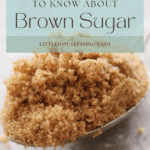
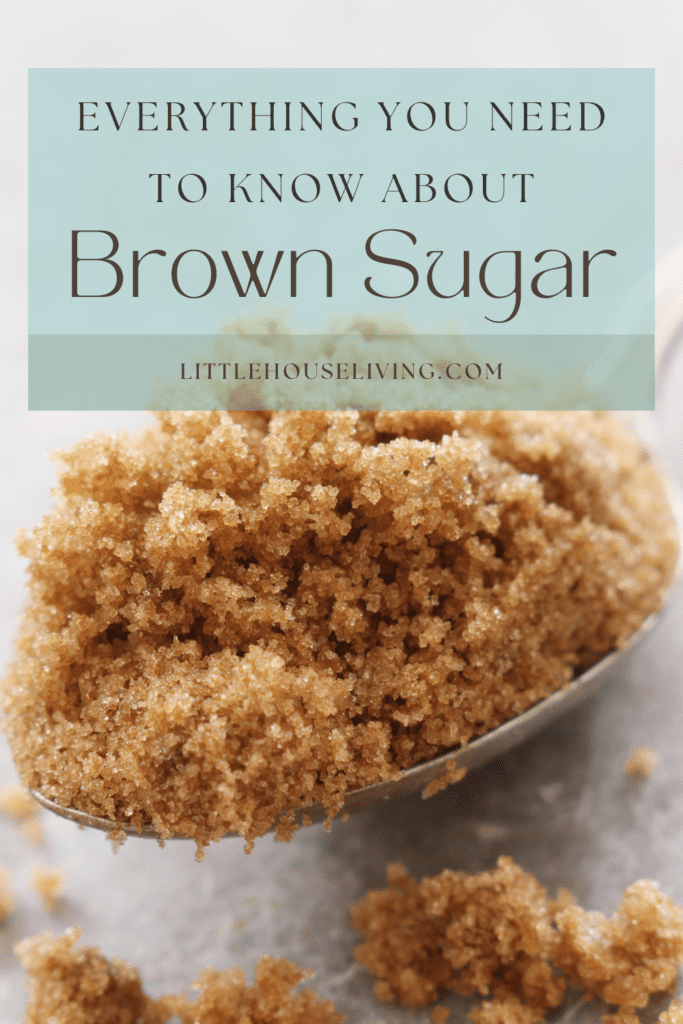
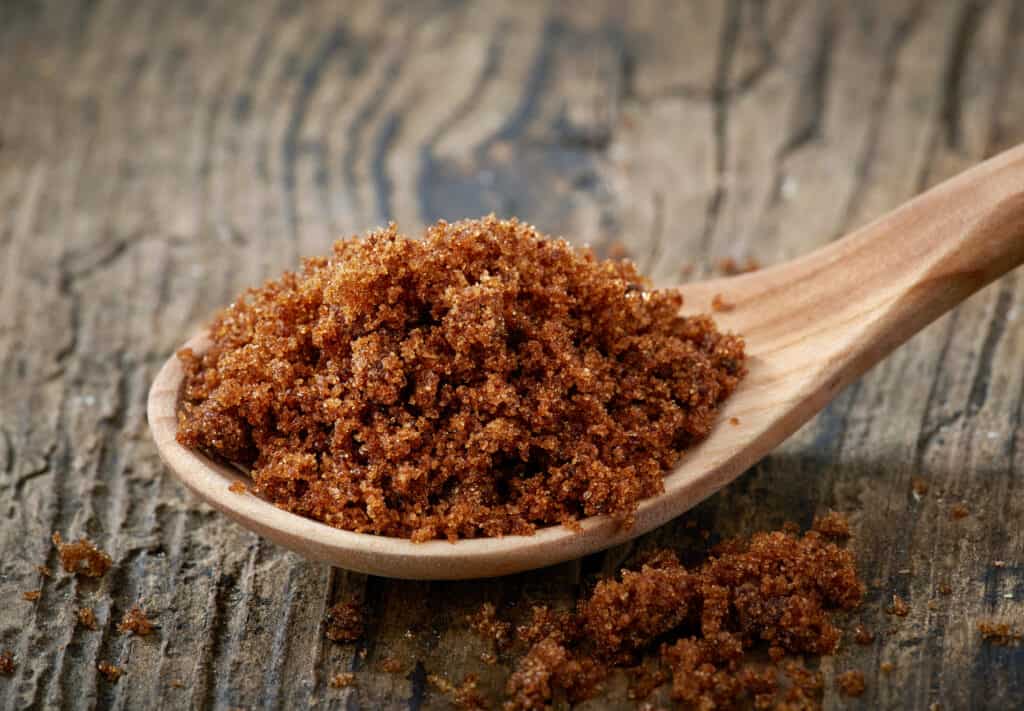
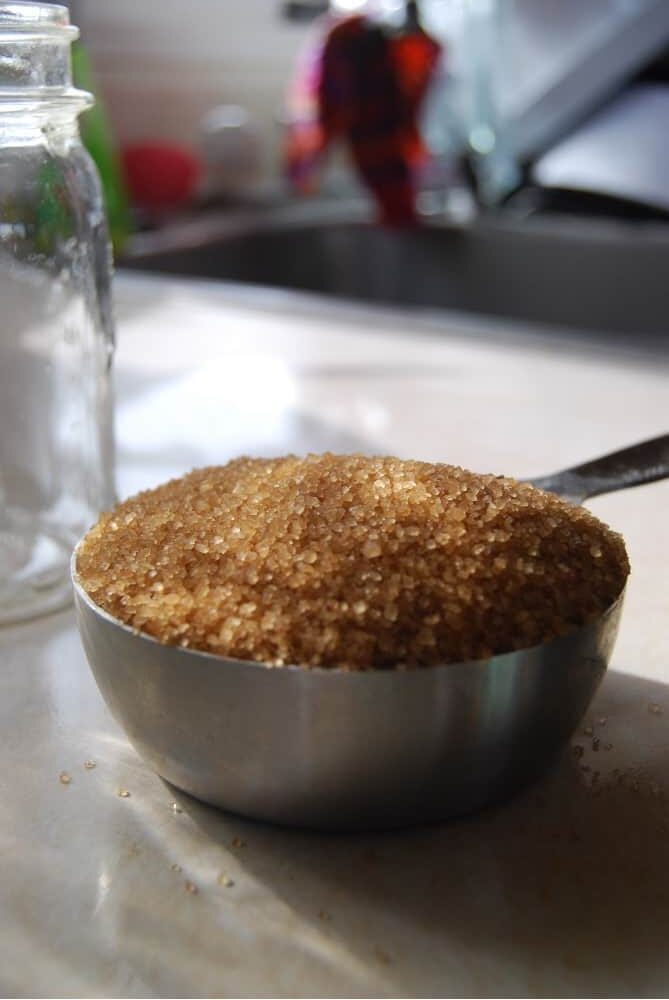
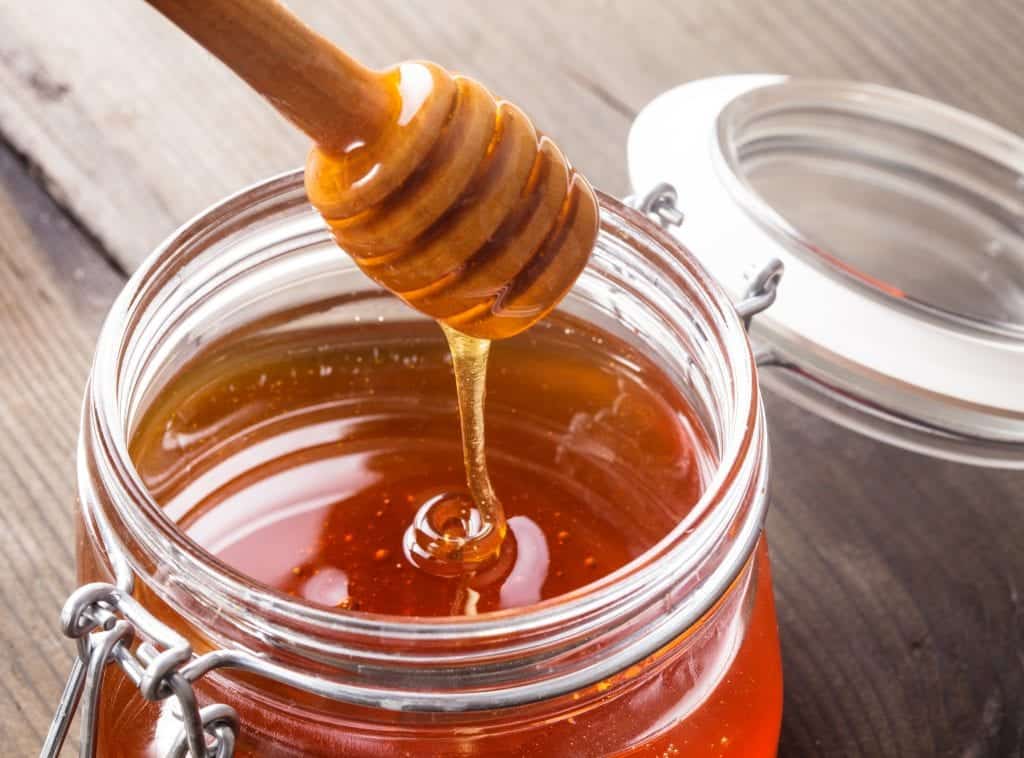
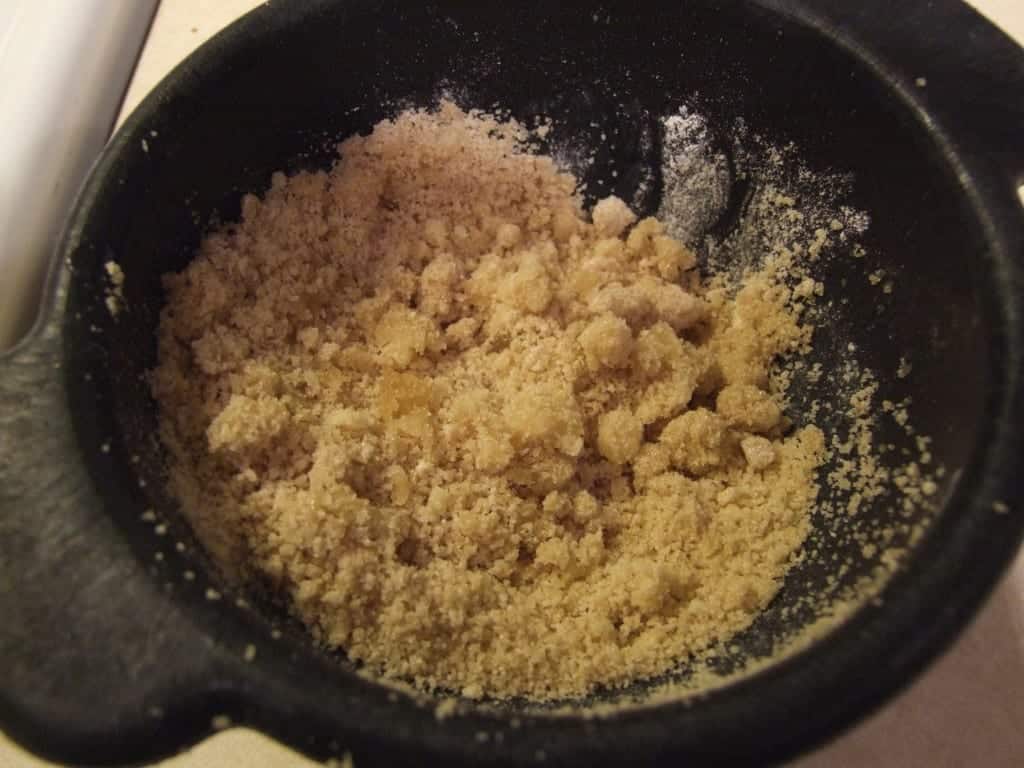
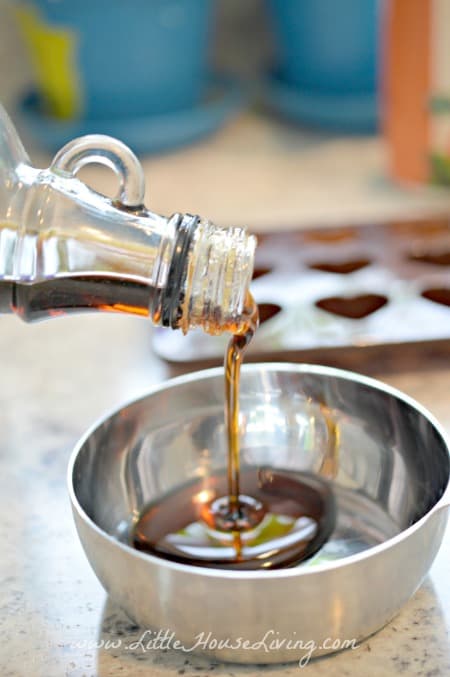
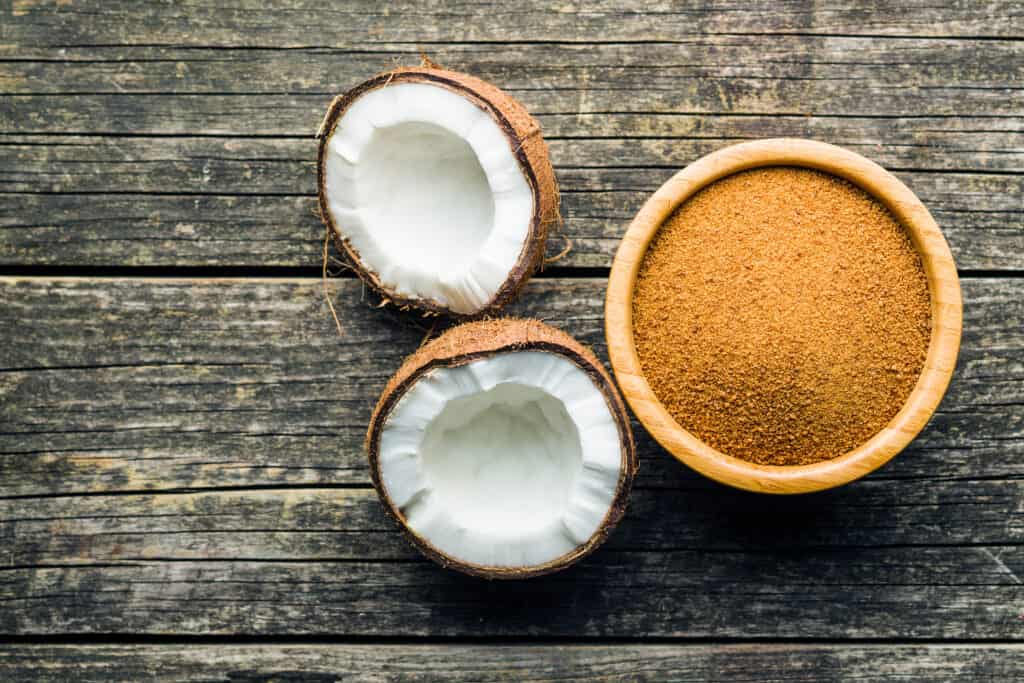
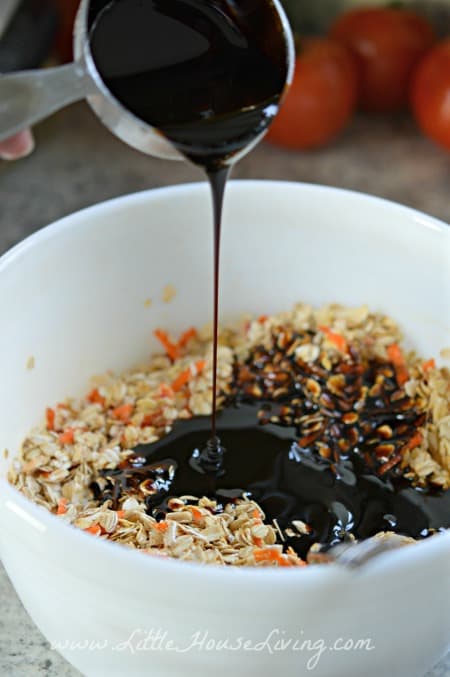
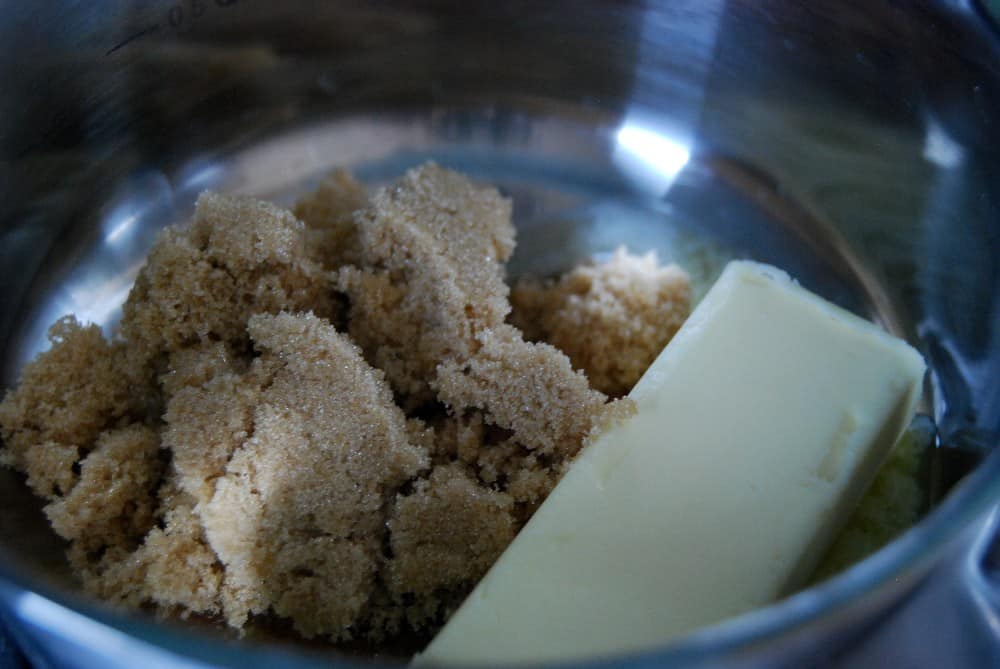
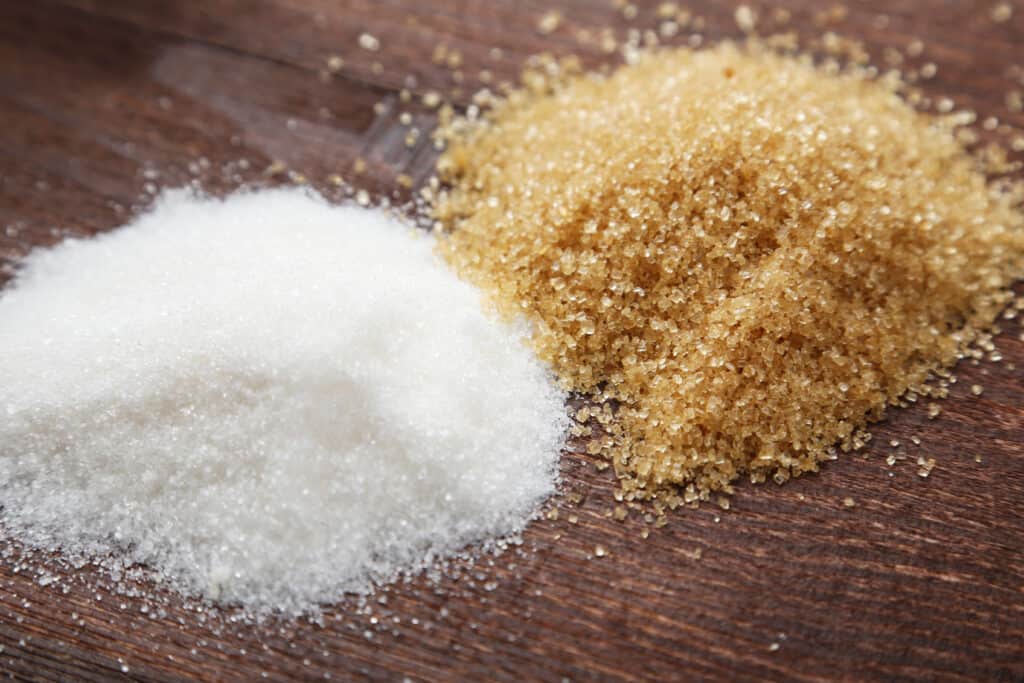
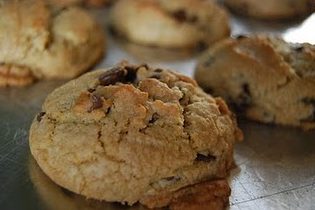

This is such great information that I didn’t realize I needed to know. Thankyou for doing all the research and sharing with us. Greatly appreciated.